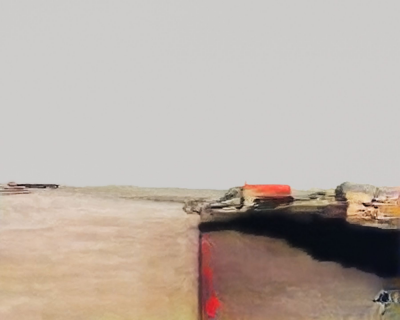The link between artistic creativity and psychopathology: Salvador Dalí
Throughout history, some of the most prominent artists have been linked to mental illness. Salvador Dalí, the well-known Surrealist artist, was ‘famous’ for his ‘craziness’ in both his shocking art and persona. Information on his behaviour and art comes from various sources such as his autobiography; literary texts; published interviews with friends, family, and the artist himself; letters; and data on his family history. Here, in addition to a descriptive analysis of such data, a formal diagnosis exercise was attempted, using two psychiatric assessment procedures: a computer program investigating the presence of psychotic disorder (OPCRIT) and a personality disorder questionnaire (PDQ-R). Dalí was found to meet the diagnostic criteria for several DSM Cluster A and Cluster B personality disorders, as well as for psychotic illnesses. However, these results should be treated with caution, given the ‘hall of mirrors’ Dalí inhabited and the deliberate persona he projected on to the world.
The link between artistic creativity and psychopathology: Salvador Dalí - ScienceDirect


:format(webp):no_upscale()/cdn.vox-cdn.com/uploads/chorus_asset/file/21958626/31_fb_08_01_render.jpg)











 x
x